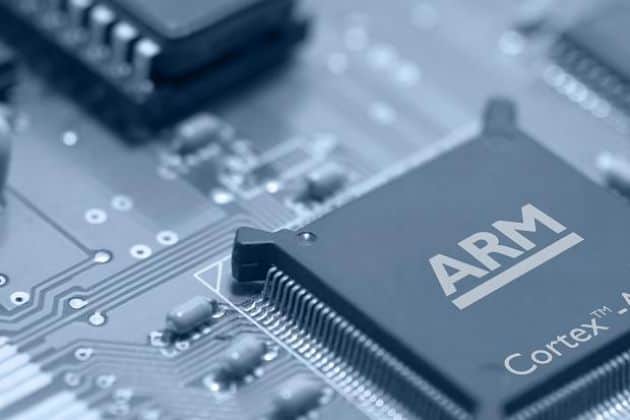Arm announced on Tuesday that it is launching a new set of solutions for autonomous systems in industrial and automotive applications. The chips include the Mali-G78AE GPU, the Arm Mali-C71AE image signal processor, and the Arm Cortex-A78AE high-performance CPU.
The highlight of these chips is that they come with built-in safety features. In this context, safety means that they have additional capabilities that ensure all calculations are, in all essence, double-checked.
In the past, Arm had two offerings for their CPU. Using something called ‘split mode,’ all cores work independently of each other and take themselves offline periodically for self-checks.
Autonomous systems could use this technology
Such technologies boost the apps with minimal or no safety requirements as the cores are given the ability to run very close to their maximum performance level.
Using something called ‘locked mode,’ the cores run in pairs, and operations performed by them are cross-checked against each other. Subsequently, the chips satisfy automotive safety requirements because of how they work.
The only downside with these modes and methods of working is that you can only use half of the cores. On Tuesday, the company introduced the new hybrid model for its CPUs.
Safety and performance combined
Arm’s introduction of this hybrid brings users the best of both worlds for high-performance use. The automotive and industrial autonomous systems are cases where only medium failure detection is acceptable.
Arm’s technology allows the cores to run in split mode, while the shared cluster logic, which integrates the cores, runs in lock mode.
Essentially, users will be able to get the safety mechanisms built into lock mode at a different layer, combined with split mode performance levels.
